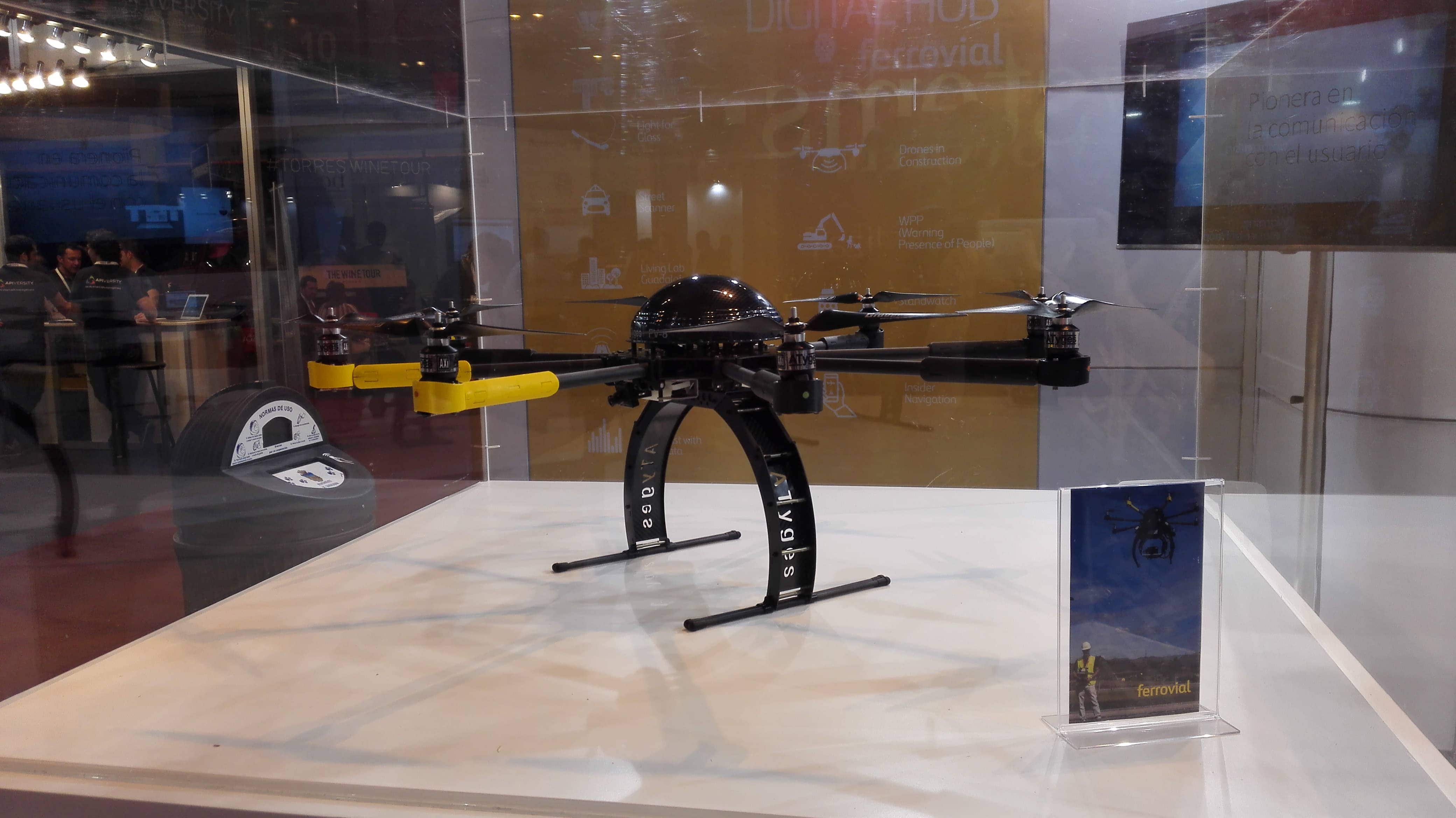
The intelligence of machines: drones that make construction more efficient
07 of June of 2016
We all aim to streamline our construction processes, to become more efficient and more competitive in order to increase productivity while maintaining high quality and safety standards. But how can we do this? Sensorisation, automation and industrialisation of the construction sector provide us with tools to fulfil these aims.
The use of drones for construction
At Ferrovial Agroman we have put in place initiatives for automating the construction process by using “smart” machines, thus achieving the benefits of a reduction in the time taken to perform works, and increased safety while doing so. An example is the use of new RPAS technologies (Remotely Piloted Aircraft Systems), more widely known as drones, which make it easier to take pictures with which to generate point clouds of the project site. This has in turn allowed integration of the ground digital model with theoretical 3D digital models of the buildings and infrastructures to be constructed, and with it analysis of potential topographical deviations from the project study (Vithas Hospital in Granada, or the Figueruelas-Gallur road in Zaragoza, Spain); analysis and monitoring of earth movements (LBJ Xpress, Texas, USA; Pacific Highway, Australia); streamlining the design of environmental protection systems; carrying out studies for optimising the design of railway superstructures (El Garraf in Barcelona, Spain); and numerous other applications which will be possible if legislation keeps pace with technology.
What types of drones does Ferrovial use in construction?
As for the types of drones used to achieve all the above, in Spain we have since 2014 been using the versatile multirotor FV8 Topodron, made locally by Atyges. In Australia we use the fixed wing MAVincci drone, and in the USA XACTsense’s Max8 multirotor drone.
Who operates the drones?
But something more than just technology is required: a vital element is the person operating these drones. Ferrovial has obtained operator licenses in three countries: Spain, USA and Australia. In other countries where we work, such as the UK and Poland, tests are still being carried out to validate the use and benefits of drones in all of our projects. Ferrovial has opted for training our own pilots for using our own drones, rather than subcontracting the service. Our pilots are highly qualified staff in topographic and design systems and so can carry out the required functions under stringent safety conditions and in compliance with the legislation in force in the relevant country.
What advantages to drones bring to a construction project?
New technologies allow us to foresee problems that may arise during project implementation and so enable us to take more appropriate decisions earlier than would be the case using conventional methods. And in the not-too-distant future, technology will enable us to coordinate, connect and automate works machinery through sensorisation and digitalisation of the works environment, which will in turn further streamline our project implementation and make meeting our clients’ requirements easier.






There are no comments yet